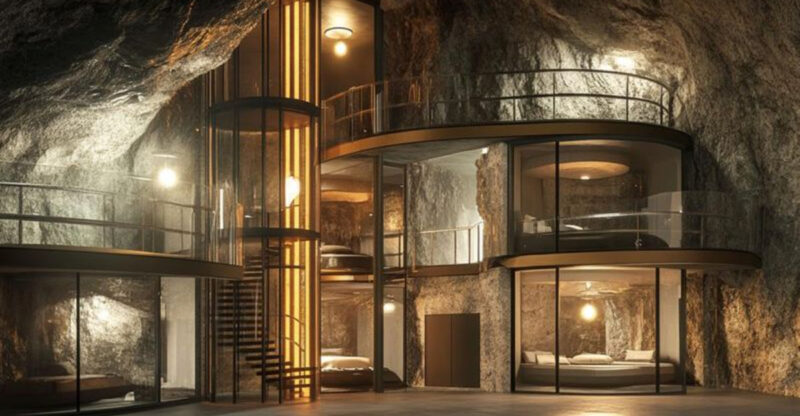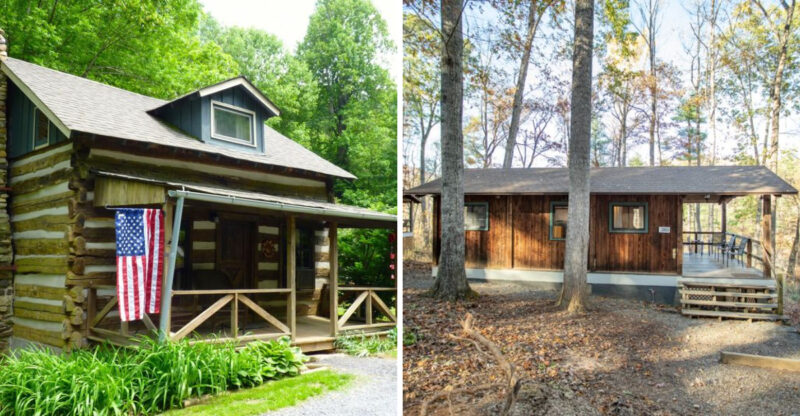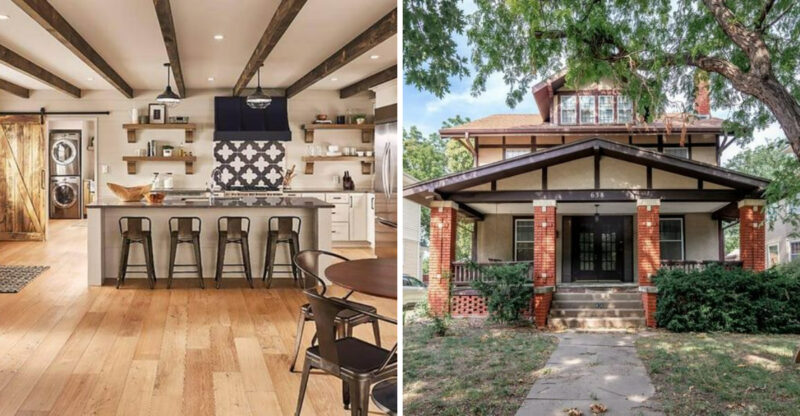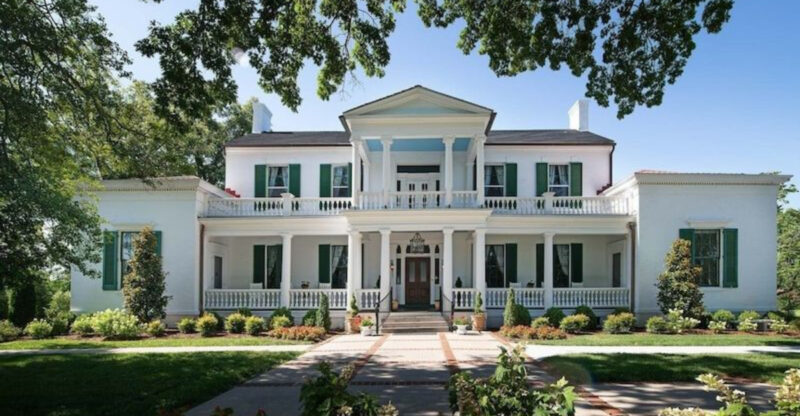Homeowners In Texas, Beware: These 8 Home Types Are About To Lose Value

The Texas real estate market is changing fast, and not all properties will keep their worth in the coming years. As someone who’s watched this market for over a decade, I’ve spotted warning signs that certain homes might soon drop in value.
Whether you own one of these properties or are thinking about buying, you need to know which homes face the biggest risks.
1. Luxury Mansions With Excessive Square Footage
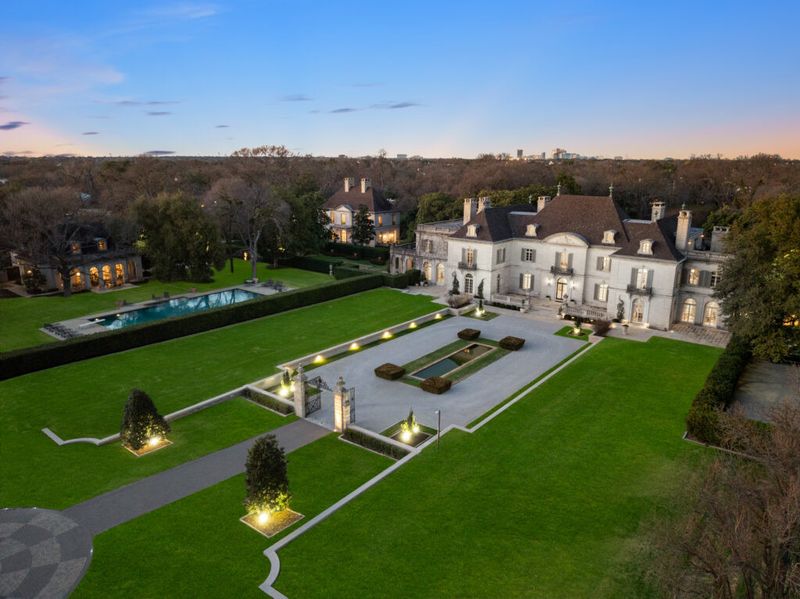
Gone are the days when bigger automatically meant better. The market for massive 5,000+ square foot homes is cooling fast as energy costs soar and maintenance expenses become prohibitive.
Young families today prefer efficiency over excess. They’re avoiding these energy-hungry giants that can cost over $1,000 monthly just to cool during brutal Texas summers. The oversized formal dining rooms and rarely-used bonus spaces that were once status symbols now represent wasted dollars to practical buyers.
2. Homes Near Expanding Industrial Zones
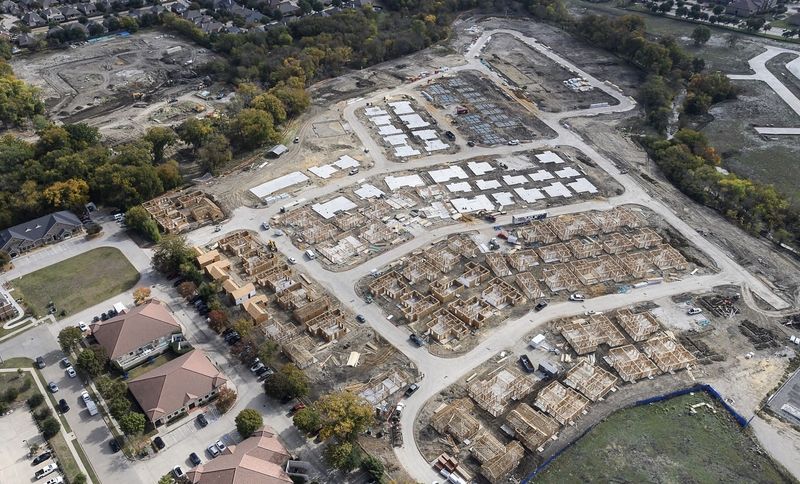
Factory expansions and new industrial developments are reshaping several Texas communities. What was once a quiet neighborhood might soon face increased traffic, noise pollution, and potentially compromised air quality.
Property records show homes within a mile of new industrial developments typically lose 15-20% of their value within three years. I’ve seen this happen in parts of Houston and Dallas where chemical plants and distribution centers have expanded. Check your local zoning plans to see if your neighborhood might be affected.
3. Aging Properties With Original Building Systems

Many homes built during the 1970s-1990s housing booms are reaching critical infrastructure failure points. Original plumbing, electrical, and HVAC systems that haven’t been updated are major red flags for today’s buyers.
Replacing these systems can cost $30,000-$50,000 – money that buyers would rather put toward a newer home. I’ve watched perfectly good houses sit unsold for months because of outdated aluminum wiring or polybutylene pipes. Smart homeowners are updating these systems now before listing.
4. Car-Dependent Suburban Developments
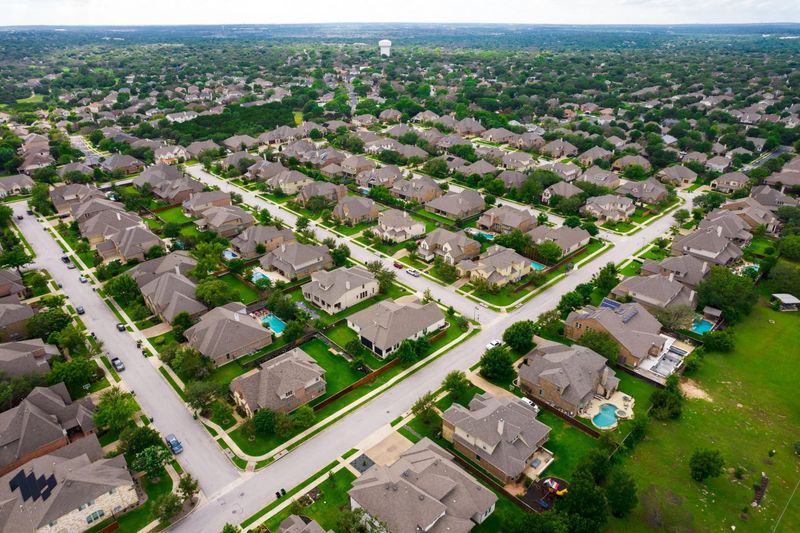
Rising fuel costs and changing lifestyles are hurting homes in isolated suburbs that require long commutes. Young buyers increasingly prioritize walkability and access to public transportation.
Neighborhoods built on the “drive everywhere” model are seeing slower appreciation than their more connected counterparts. Some far-flung developments around Austin and San Antonio have seen values stagnate while urban properties climb 8-10% annually. Location matters more than ever in our increasingly connected world.
5. Water-Hungry Properties With Extensive Landscaping
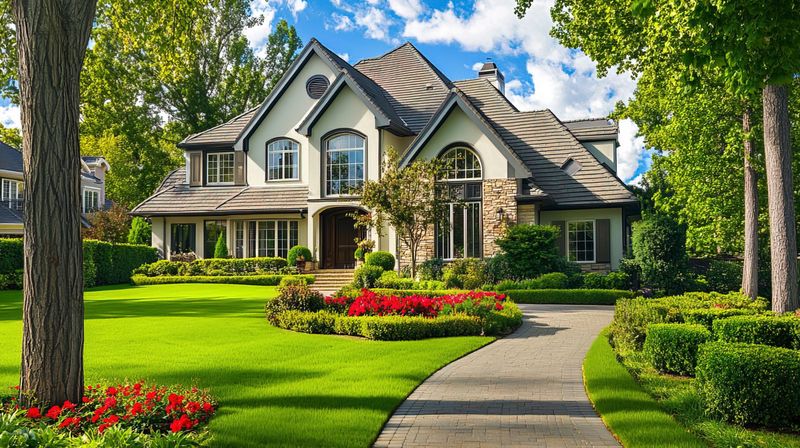
Lush lawns and ornate landscaping that were once selling points are becoming liabilities across drought-prone Texas. Water restrictions are becoming more common, and utility bills for irrigation can exceed $500 monthly in summer.
Xeriscaping and native plant gardens are the new premium features. Traditional water-intensive properties face declining appeal as environmental awareness grows. I’ve seen homes with sprawling St. Augustine grass lawns sit on the market while similar properties with water-wise landscaping sell quickly.
6. Energy-Inefficient Homes With Poor Insulation
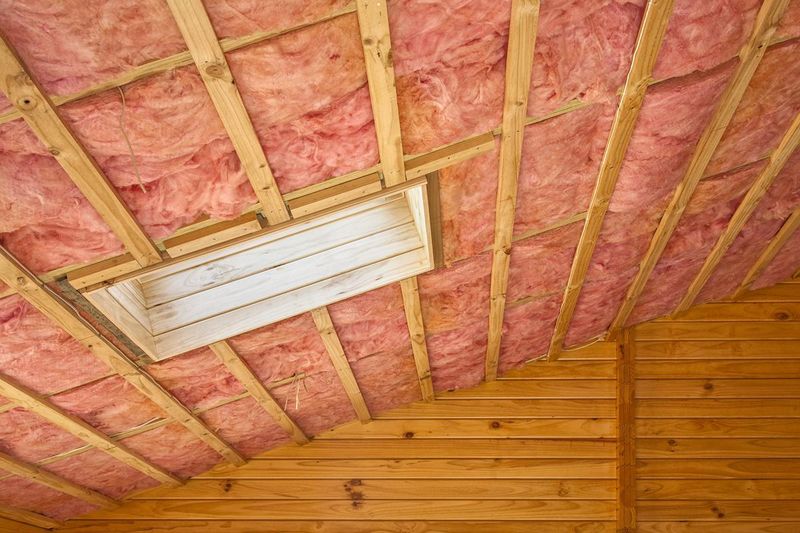
Texas summers are getting hotter, and utility bills are skyrocketing. Homes built before modern energy codes with inadequate insulation and single-pane windows are becoming increasingly expensive to maintain.
Energy costs for these properties can be double or triple those of efficient homes. Buyers now regularly request utility bill histories before making offers. Even in hot markets like Dallas and Houston, energy-inefficient homes are selling for 5-10% less than comparable properties with better thermal performance.
7. Flood-Prone Properties Without Updated Protection

Recent climate patterns have dramatically increased flooding risks across Texas. Many homes built in low-lying areas before 2010 lack modern flood mitigation systems that new buyers now consider essential.
Insurance companies are taking notice too. They’re hiking premiums for these properties by up to 40% in some regions, making them less attractive to future buyers. If your home sits in a FEMA-designated flood zone, consider investing in protective measures now.
8. Properties With Outdated Floor Plans

Formal living rooms, closed kitchens, and compartmentalized layouts are falling out of favor fast. Today’s buyers want open concepts, home offices, and flexible spaces that adapt to changing needs.
Homes with rigid, outdated floor plans are selling for up to 15% less than those with modern layouts. The pandemic permanently shifted how we use our homes. I’ve helped several clients modify their floor plans before selling, and the return on investment has been substantial – typically $3-4 back for every dollar spent removing non-load-bearing walls.

